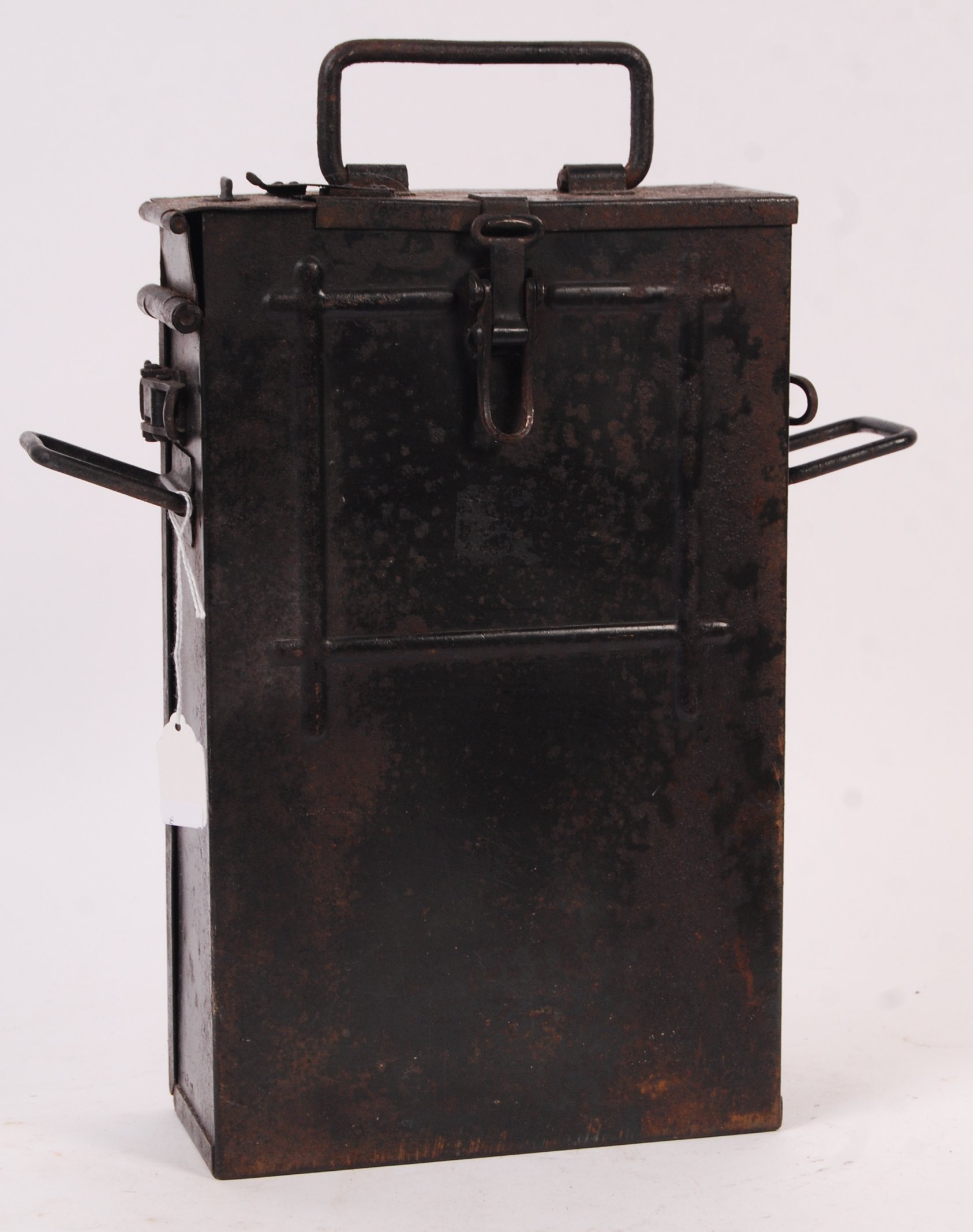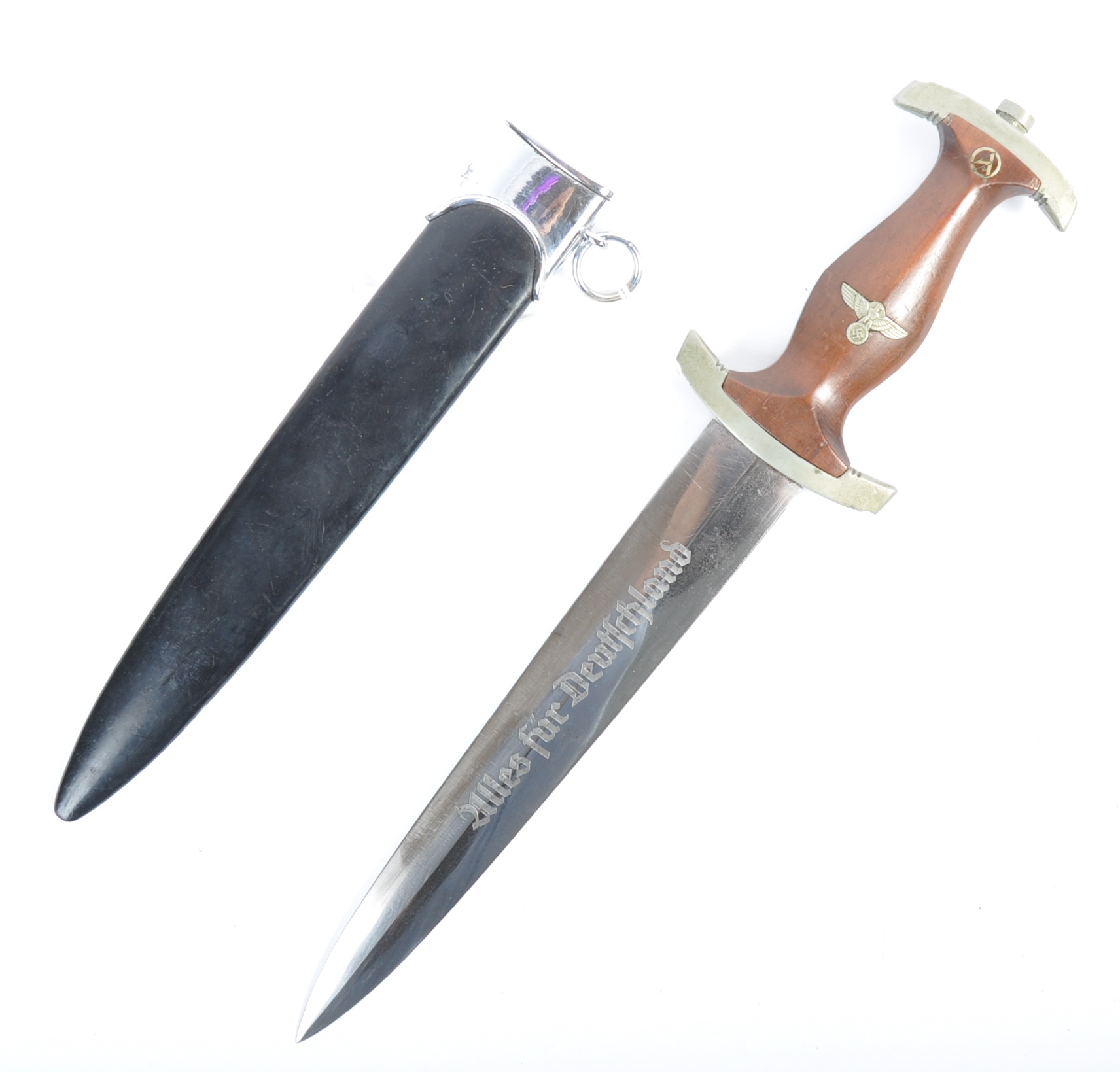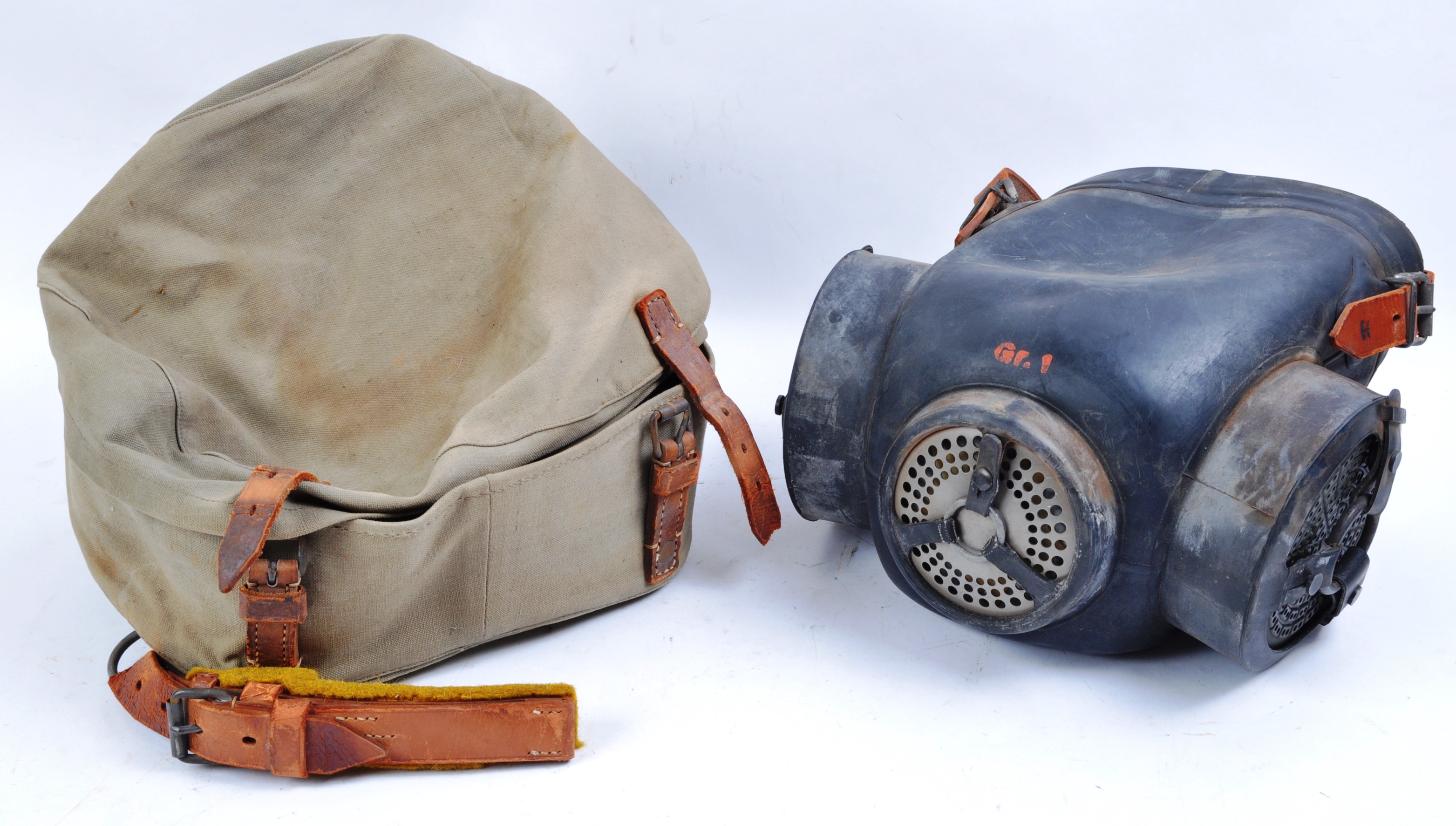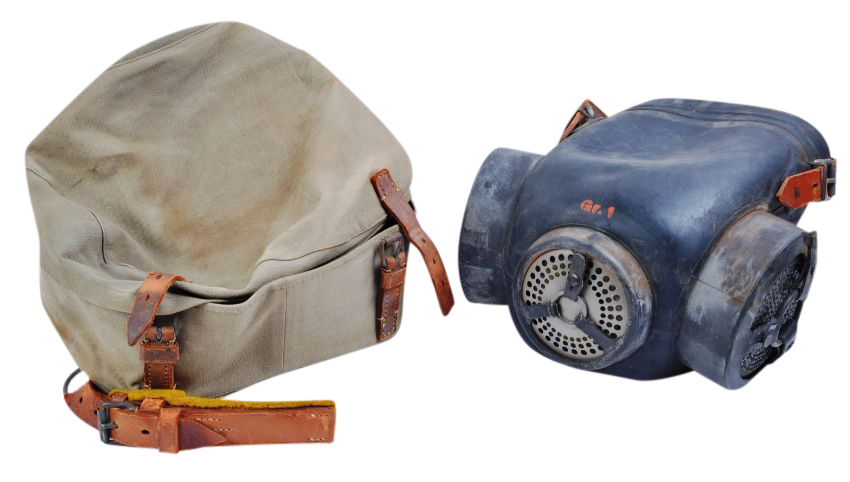Description: Rare Third Reich Period Meissen Plate Commemorating The Production of the First Passenger Air Liner Focke-Wulf Fw-200, the large white porcelain plate has the traditional Meissen blue artwork glazed decoration, showing the aircraft to the centre with Swastika on the tail fin and around the edge scenes from the various countries it could visit, starting at Berlin, then China, Japan, India, Italy, Egypt, USA and Norway(?). Reverse of the plate has the crossed swords trade mark for Meissen and a handwritten note, stating “This plate was taken from the board room of the Focke-Wulf experimental works at Bad Silsen during the last days of the 1939-45 war, when the area was occupied by 2729 Squadron RAF regiment. 1309019 Cpl G W Morton”. The Fw 200 resulted from a proposal by Kurt Tank of Focke-Wulf to Dr. Rudolf Stuessel of Deutsche Lufthansa to develop a landplane to carry passengers across the Atlantic Ocean to the USA. At that time this was unusual, as airlines used seaplanes on long over-water routes. To fly long distances economically, the Fw-200 was designed to cruise at an altitude of over 3,000 m - as high as possible without a pressurized cabin. Existing airliners were designed to cruise at altitudes below 1,500 m. The Fw-200 was briefly the world's most modern airliner. The designation "Condor" was chosen because, like the condor bird, the Fw-200 had a very long wingspan, to facilitate high-altitude flight. Deutsche Lufthansa issued a specification in June 1936 after discussions between Tank, Dr. Stüssel and Carl August von Gablenz. The plane was designed by Ludwig Mittelhuber with Wilhelm Bansemir as project director. The first prototype, the Fw 200 V1, made its first flight after just over one year of development on 27 July 1937 with Kurt Tank at the controls. It was an all-metal, four-engine monoplane powered by four American 875 hp Pratt & Whitney Hornet radial engines and intended to carry 26 passengers in two cabins for up to 3,000 km (1,860 miles). Two further prototypes were powered by German 720 hp BMW 132G-1 radials. The Japanese Navy requested a military version of the Fw-200 for search and rescue patrol duties, so Tank designed the Fw-200 V10 with military equipment. This Fw-200 was held in Germany because war had broken out in Europe by that time. This aircraft became the basis for all later military models used by the Luftwaffe. Categories: WW2 German Militaria
Description: Rare Third Reich Period Meissen Plate Commemorating The Production of the First Passenger Air Liner Focke-Wulf Fw-200, the large white porcelain plate has the traditional Meissen blue artwork glazed decoration, showing the aircraft to the centre with Swastika on the tail fin and around the edge scenes from the various countries it could visit, starting at Berlin, then China, Japan, India, Italy, Egypt, USA and Norway(?). Reverse of the plate has the crossed swords trade mark for Meissen and a handwritten note, stating “This plate was taken from the board room of the Focke-Wulf experimental works at Bad Silsen during the last days of the 1939-45 war, when the area was occupied by 2729 Squadron RAF regiment. 1309019 Cpl G W Morton”. The Fw 200 resulted from a proposal by Kurt Tank of Focke-Wulf to Dr. Rudolf Stuessel of Deutsche Lufthansa to develop a landplane to carry passengers across the Atlantic Ocean to the USA. At that time this was unusual, as airlines used seaplanes on long over-water routes. To fly long distances economically, the Fw-200 was designed to cruise at an altitude of over 3,000 m - as high as possible without a pressurized cabin. Existing airliners were designed to cruise at altitudes below 1,500 m. The Fw-200 was briefly the world's most modern airliner. The designation "Condor" was chosen because, like the condor bird, the Fw-200 had a very long wingspan, to facilitate high-altitude flight. Deutsche Lufthansa issued a specification in June 1936 after discussions between Tank, Dr. Stüssel and Carl August von Gablenz. The plane was designed by Ludwig Mittelhuber with Wilhelm Bansemir as project director. The first prototype, the Fw 200 V1, made its first flight after just over one year of development on 27 July 1937 with Kurt Tank at the controls. It was an all-metal, four-engine monoplane powered by four American 875 hp Pratt & Whitney Hornet radial engines and intended to carry 26 passengers in two cabins for up to 3,000 km (1,860 miles). Two further prototypes were powered by German 720 hp BMW 132G-1 radials. The Japanese Navy requested a military version of the Fw-200 for search and rescue patrol duties, so Tank designed the Fw-200 V10 with military equipment. This Fw-200 was held in Germany because war had broken out in Europe by that time. This aircraft became the basis for all later military models used by the Luftwaffe. Categories: WW2 German Militaria














Testen Sie LotSearch und seine Premium-Features 7 Tage - ohne Kosten!
Lassen Sie sich automatisch über neue Objekte in kommenden Auktionen benachrichtigen.
Suchauftrag anlegen